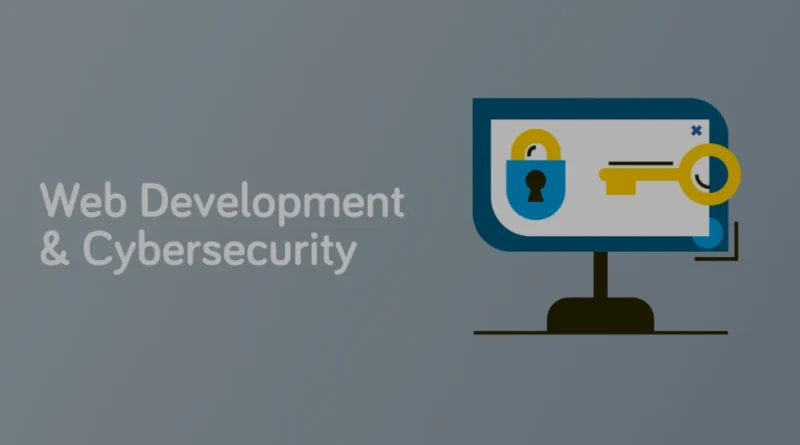Cybersecurity in Web Design: Why It Matters More Than Ever
In today’s digital-first world, a website isn’t just a brand’s online identity—it’s a potential target for cyberattacks. From data breaches to phishing schemes, the threats facing websites have evolved. That’s why cybersecurity in web design is no longer optional—it’s essential.
The Role of Web Design in Cybersecurity
Web design isn’t just about aesthetics and user experience. It plays a crucial role in securing the site’s infrastructure. When designers and developers overlook security during the planning and development stages, they create vulnerabilities that hackers can exploit.
A secure website begins with a secure design. This includes structuring clean code, limiting unnecessary third-party integrations, and implementing HTTPS from day one. Aesthetics may attract users, but security retains their trust.
Common Security Flaws in Web Design
One of the most overlooked security risks is outdated software. CMS platforms like WordPress and their plugins often have known vulnerabilities if not regularly updated. Poor password practices and lack of authentication protocols also leave the door wide open for brute-force attacks.
Another common flaw is inadequate form validation. Hackers can exploit web forms to inject malicious scripts (e.g., cross-site scripting or SQL injection) if inputs aren’t properly sanitized. These attacks can compromise databases, steal customer data, and even crash entire systems.
Best Practices for Cyber-Secure Web Design
1. Use HTTPS Everywhere
HTTPS encrypts the data exchanged between the user and the website. It not only boosts SEO rankings but also protects sensitive information like login credentials and payment details.
2. Implement Secure Authentication
Strong password requirements, multi-factor authentication (MFA), and CAPTCHA tools help protect user accounts and reduce the risk of automated attacks.
3. Update and Patch Regularly
Keep CMS, plugins, themes, and scripts up to date. Patching known vulnerabilities is one of the easiest ways to strengthen a site’s defense.
4. Limit User Permissions
Not all users need admin access. By limiting user roles and privileges, you minimize the impact of a compromised account.
5. Perform Regular Security Audits
Routine vulnerability assessments help identify and fix issues before they become major threats. Tools like security scanners and firewalls can automate much of this process.
The Bottom Line
Cybersecurity must be embedded into the DNA of web design. As websites become more dynamic and data-driven, they also become more attractive to cybercriminals. Design decisions made early in development can have long-term consequences—both good and bad. By making cybersecurity a priority, web designers can protect users, data, and brand reputation.
Remember: a beautiful website means nothing if it’s not secure.
Disclaimer
The information presented in this blog is derived from publicly available sources for general use, including any cited references. While we strive to mention credible sources whenever possible, Web Techneeq– Top Website Design Company in Mumbai does not guarantee the accuracy of the information provided in any way. This article is intended solely for general informational purposes. It should be understood that it does not constitute legal advice and does not aim to serve as such. If any individual(s) make decisions based on the information in this article without verifying the facts, we explicitly reject any liability that may arise as a result. We recommend that readers seek separate guidance regarding any specific information provided here.

